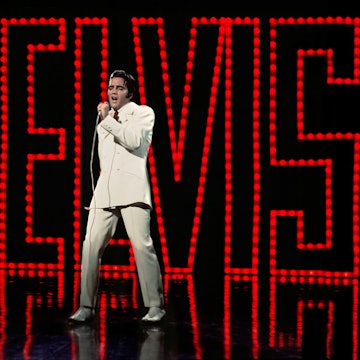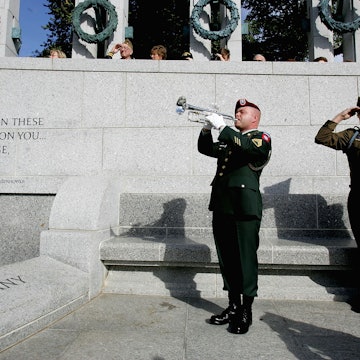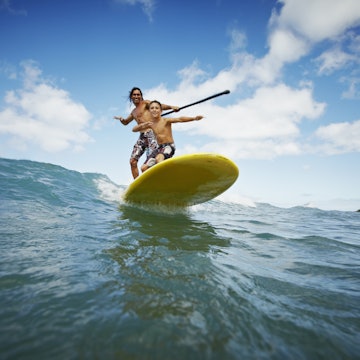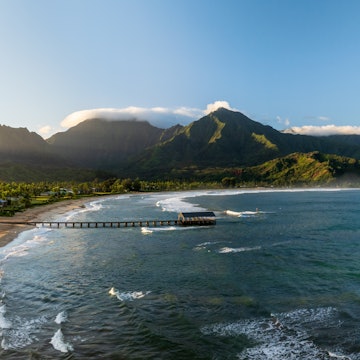

From the volcanic Haleakalā to the tourist resorts of Wailea, get to know the history of Maui at these significant locations.
This article is adapted from an essay written by Savannah Rose Dagupion for the Maui guidebook due to publish August 2024.
The island of Maui has an early history that mirrors the rest of Hawaii's, with warring chiefs, missionaries, colonization and sugarcane. More recently, tourism has become a driving economic force across Maui, and much of the state as a whole.
Being respectful and responsible should be a significant part of any trip, and it’s especially important in Hawaii. The islands’ complex history regarding colonization, occupation and development has prompted many Native Hawaiians and locals to have mixed feelings toward visitors.
The Kingdom of Hawai'i was formally recognized as a sovereign nation that was united under the Hawaiian monarchy for years. However, on January 17, 1893, 13 white businessmen staged a coup against Queen Lili‘uokalani, threatening an invasion backed by the US military if she didn’t surrender her government. After the men successfully overthrew the kingdom, President Grover Cleveland deemed that the men had engaged in an "act of war" and recommended that the Hawaiian monarchy be restored. Congress, however, rejected his proposal, and the men formed a provisional government, which pushed for annexation and ended the long line of Native Hawaiian monarchs.
In 1898, the US annexed Hawaii, ramping up the exploitation of its people and resources. Hawaii became a state in 1959 by popular vote; however, by that time, the majority of Hawaii’s citizens were non-native and Native Hawaiians only made up 17% of the population. Since then, Native Hawaiians have struggled to gain autonomy over their homeland.
Get to know more about Maui on your visit with this brief history of the island in 15 places.
1. Mauna Kahalawai and Haleakalā
Maui was formed by two volcanoes, Mauna Kahalawai and Haleakalā, about 1.5 million years ago. As the volcanoes erupted, layers and layers of lava built upon one another until the summits rose out of the water and formed the island. The two volcanoes, which are now dormant, form two peaks on different sides of the island – Mauna Kahalawai in the west and Haleakalā in the east. Because of this, the central area is flat, hence Maui’s nickname, the Valley Isle.
2. Maʻalaea Harbor
Around 1000 CE, Polynesians from the Marquesas Islands and Tahiti voyaged to Hawaii in outrigger and double-hulled waʻa (canoes) and settled across the islands. These Polynesian voyagers who landed near Ma‘alaea Harbor were expert navigators and used the stars, clouds, birds, wind, and wave patterns to find their way to land. When they settled, they created what is now known today as Hawaiian culture. To learn about and paddle an outrigger canoe yourself, check out this list of best cultural experiences on Maui.

3. La Pérouse Bay
In 1786, Captain Jean François de Galaup, Comte de La Pérouse, was the first European to set foot on Maui’s shore. His legacy lives on in La Pérouse Bay. Also known by its Hawaiian name, Keoneʻōʻio, the bay is located past Kihei and Wailea, and is the southernmost place you can drive to on Maui. Jagged lava rocks span the landscape, though there are a few areas where the beach is accessible. Hiking is a popular activity here, and goats are commonly seen on the rocks. In the right conditions, swimming and snorkeling are both great.
4. ʻIao Valley
In 1790, Kamehameha I (otherwise known as Kamehameha the Great) traveled to Maui to fulfill his conquest to unite the Hawaiian Islands. Maui’s mo‘i (king), Kahekili (Kahekilinuiʻahumanu), was on Oʻahu, so Kamehameha fought against Kahekili’s son, Kalanikupule. The battle lasted for days, and eventually ended in ʻIao Valley, when Kamehameha and his warriors triumphed. There were so many casualties that the streams of ʻIao Valley were dammed and blocked by the bodies of dead warriors, prompting the event to be named the Battle of Kepaniwai, or the "Damming of the Waters." Kalanikupule escaped to Oʻahu, and Kamehameha continued his conquest of the islands.
5. Lahaina the seat of the kingdom
After Kamehameha I united the islands, he ruled from Hawaiʻi island until his death in 1819. In 1820, his wife Keopuolani moved with their children to Lahaina, and the town was named the capital of the Kingdom of Hawai‘i. At this time, the kingdom had successful relationships with Europe and America, and missionaries and sailors flocked to the capital. American missionaries created Lahainaluna High School, introduced the first printing press and printed the first newspaper west of the Rockies, Ka Lama, on February 14, 1834. Lahaina remained Hawaiʻi’s capital until 1845, when Honolulu became the new capital of the kingdom. Read more about the complicated fire that destroyed much of Lahaina.
6. Waiola Church
Waiola Church, located in Lahaina, is where Christianity took root on Maui. It was established in 1823 as Ebenezer Church but was later renamed to Waineʻe Church ("moving water") and then Waiola Church ("living water") in 1953. In 1823, Queen Keopuolani took an interest in the missionaries and their teachings, and asked to meet with the reverends of the church to pray and speak the good word. Later that year, the queen fell ill, and her request to be baptized at the church was fulfilled just one hour before her death. She is buried in the Royal Tomb in the Waiola Church graveyard, alongside other members of the royal family.
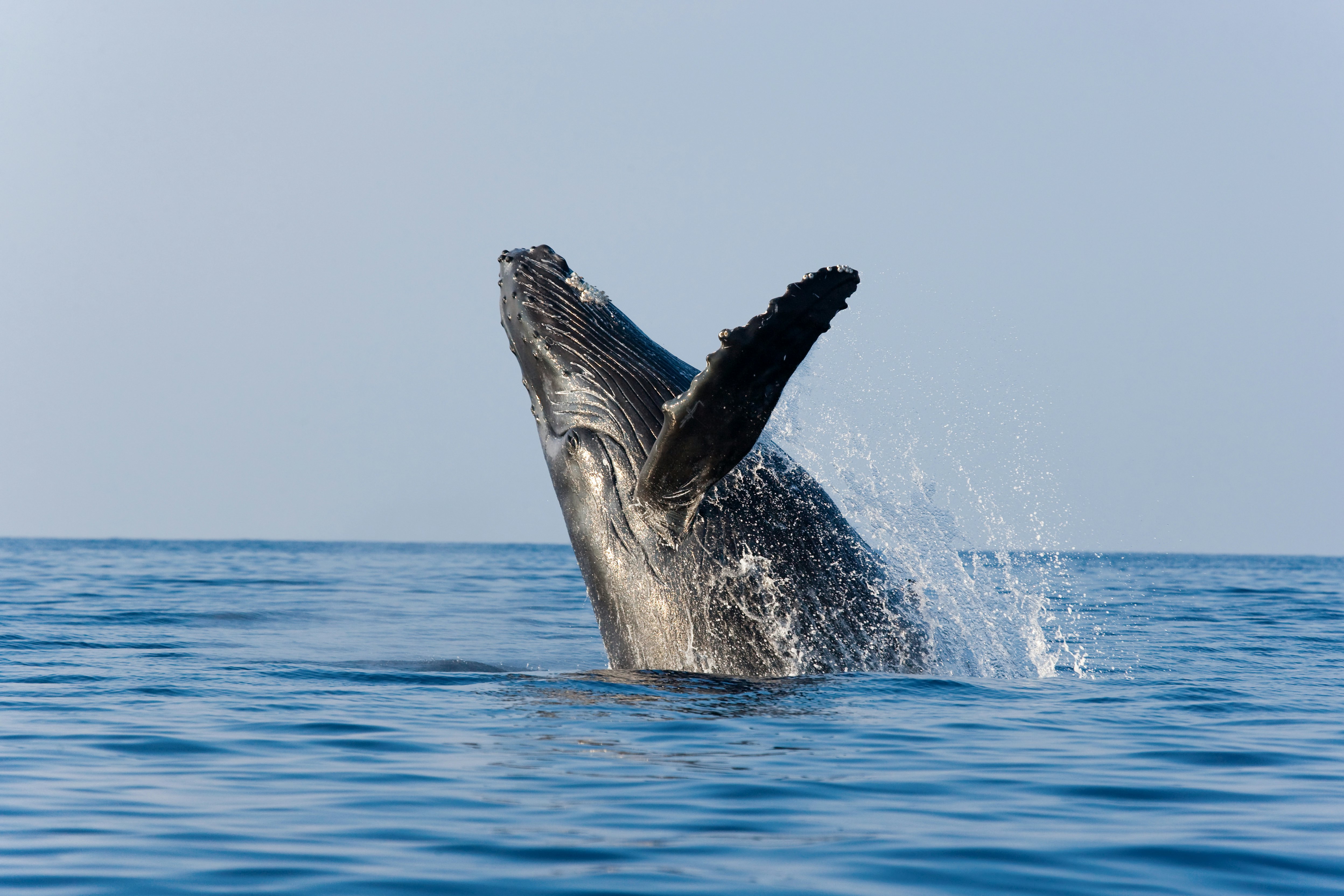
7. Whalers Village
Although Whalers Village was built in 1970, it serves as a reminder of the booming whaling industry in the 1800s. Whaling in Lahaina started in the 1820s when the captains and crew would stop to rest on their journey back to North America. Crew would restock the ships and even hunt whales in the Hawaiian waters. Lahaina remained a hub for whalers until the 1850s, when the industry went into decline. Thankfully, the whales did not: to this day, thousands of humpback whales travel to Maui in the winter to mate and give birth.
8. Wailuku
Ever since the first Polynesians arrived in Hawaii, Native Hawaiians have tended the land. Private ownership of property did not exist; instead, laws and rules were created to prohibit the desecration and abuse of resources. Everyone was entitled to a share of what was produced from the land and the sea. When Westerners began moving to Hawaii, they introduced the concept of land ownership. In 1848, Kamehameha III felt pressure from foreigners to alter the distribution of land, thus initiating the Great Māhele, or land division. The Great Māhele was intended to protect Hawaii’s land, but Native Hawaiians were unfamiliar with the concept of ownership, and foreigners were able to displace many Hawaiian families who had cultivated the land for generations.
9. Alexander & Baldwin Sugar Museum
After the Great Māhele, foreigners took advantage of their new landholdings to create what is known as the Big Five: the five largest agriculture and sugarcane companies in Hawaii. The sugarcane industry on Maui quickly became the driving force of the economy, and plantations brought in migrant workers from China, Japan, Korea, the Philippines and Portugal. Hawaii acquired its reputation as a melting pot, and Hawaiian pidgin developed. The sugarcane industry slowed after Hawaii transitioned to a tourism-based economy after being annexed by the US. In 2016, Alexander & Baldwin’s last sugar mill in Hawaii shut its doors. Learn about this part of Maui's history at Alexander & Baldwin Sugar Museum.
10. Kahoʻolawe
A sacred island off the coast of Maui is the small, uninhabited island of Kahoʻolawe. In 1941, after the attack on Pearl Harbor, the US Army declared martial law and took control of Kahoʻolawe. The island, considered sacred to Native Hawaiians, was then used as target practice by the military for WWII. Native Hawaiians protested, and some were even lost at sea trying to protect Kahoʻolawe. After the bombing stopped in 1990, Congress voted to give the island back to the state. Unfortunately, the blasts were so powerful that it cracked Kahoʻolawe’s water table, making it even more uninhabitable. Today, organizations and crews are working to restore the island.
11. Kula
In 1867, axis deer were given as a gift to King Kamehameha IV and released on Moloka‘i. In 1959 they were introduced to Maui. Since then, the deer have taken Maui County by storm – there are now over 60,000 on the island, living predominantly in the Upcountry regions like Kula. Considered a major invasive species, the deer have decimated once-plentiful forests and knocked the native ecosystem out of balance. Without forests, Maui has also lost the ability to retain fresh water, leading to increased aridity and drought. Here is more information about the impacts of drought and water rights.
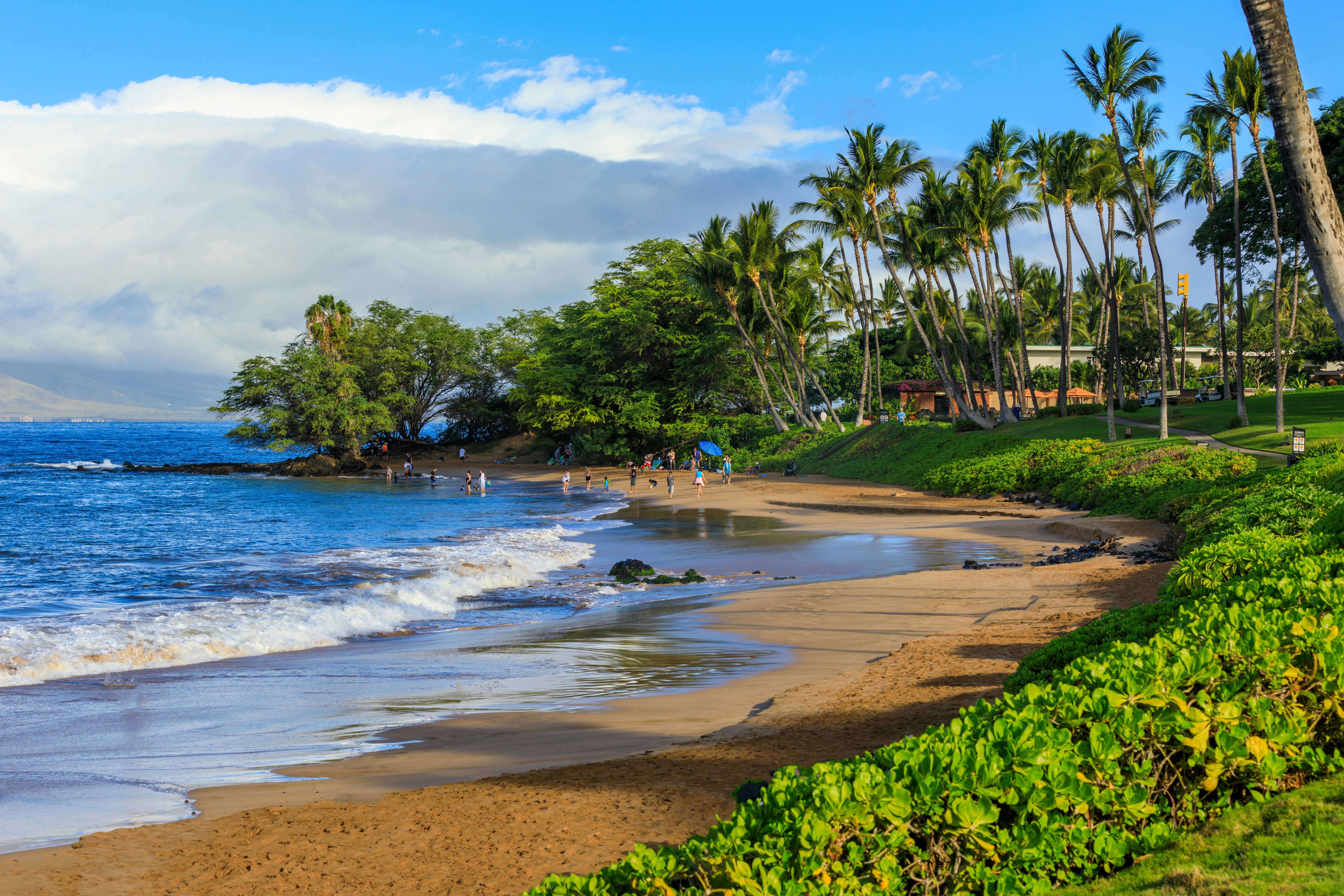
12. Wailea
Turning Maui into a top tourist destination became the next step for business owners and political leaders as the economic impact of sugarcane and agriculture declined. This led to the development of resort areas like Kaʻanapali and Wailea in the 1960s. These small towns are packed tightly with hotels, resorts, shopping centers, golf courses and expensive homes. Tourism is a major part of Maui’s economy to this day.
13. Honokahua
In 1987, developers began excavating the Honokahua area to build the Ritz-Carlton Resort. Here, they discovered an ancient Hawaiian burial ground, and approximately 1100 ʻiwi kūpuna (ancestral bones), dating from 950 CE to the 1700s, were exhumed. In Hawaiian culture, ancestors are highly valued and respected. They are typically buried in an area significant to them, which shows the importance of ʻiwi kūpuna and how they symbolize the indigenous population’s connection to the land. The digging caused mass desecration of the burial site, prompting many Native Hawaiians to protest the development of the resort. Eventually, the resort agreed to restore the area and move to another site. In 1990, unmarked burials in Hawaii were given the same protection as modern cemeteries.
14. Kihei
From the 1970s until today, real estate development has been booming on Maui. As visitor numbers surged from the 1970s through the 1990s, hotel units continued to increase. This, in turn, led to a population increase with people from around the world flocking to Maui for work. Subdivisions and housing grew to accommodate the growth, which led to a higher cost of living and the displacement of the indigenous population. One example of Maui’s population boom was the opening of a new high school in Kihei in 2023.
15. West and Upcountry Maui
On August 8, 2023, two wildfires roared across the island: one in West Maui and another in Upcountry Maui. High winds from a nearby hurricane caused the fires to move quickly, burning thousands of acres of land. The confirmed death toll was 115 people, and the search for victims was completed on August 28, 2023, despite there being hundreds of individuals still missing. This natural disaster ranks among the deadliest in American history, and many groups and organizations reached out to displaced residents to provide aid.









